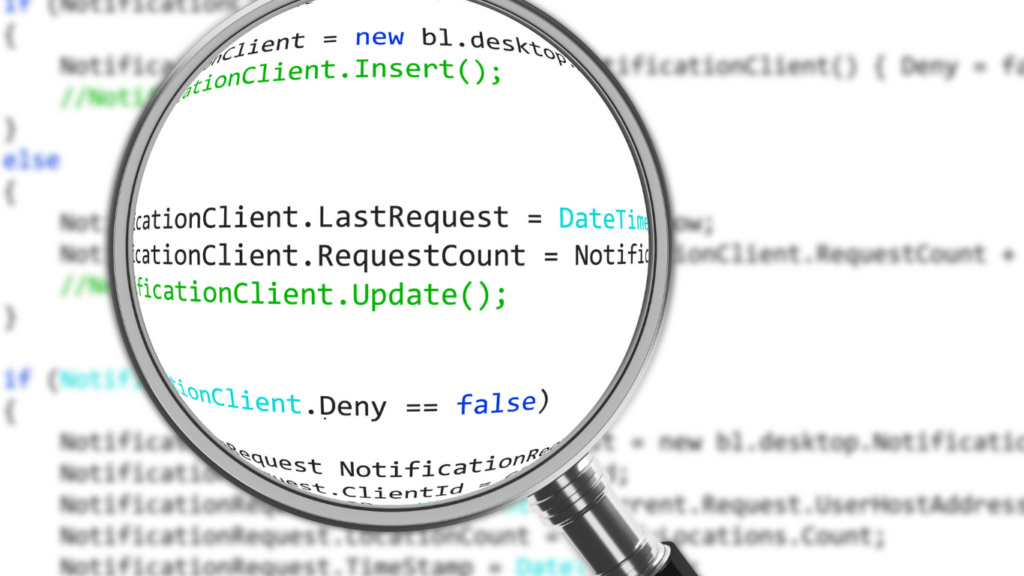Why Code Refactoring and Optimization Matter
Refactoring and optimization directly impact code quality and project outcomes. Clean, optimized code is easier to read, debug, and expand, which saves time during development. Inefficient or messy code, on the other hand, increases technical debt, leading to slower project progress and more frequent errors.
Faster performance is a key benefit of optimization. By refining algorithms and minimizing redundant processes, systems execute tasks more efficiently. For example, optimizing database queries can significantly reduce page load times, enhancing user experience and system reliability.
Refactoring enhances maintainability. Teams working on well-structured codebases spend less time deciphering logic and more time implementing new features. For instance, renaming variables for clarity or breaking functions into smaller components improves both collaboration and future scalability.
Increased reliability is another outcome. Code with fewer redundancies and logical inconsistencies reduces bugs and unexpected system failures. Testing becomes more effective when code is structured logically, ensuring faster delivery of high-quality projects.
Key Principles of Effective Refactoring

Effective refactoring relies on clear strategies and structured practices. Applying key principles ensures enhanced code quality, improved performance, and streamlined workflows.
Understand the Existing Codebase
- I assess the current structure to identify problem areas and improvement opportunities.
- Understanding dependencies, architecture, and logic prevents introducing new issues.
- Documenting key components, such as modules and classes, clarifies relationships and data flow.
For instance, mapping out functions that interconnect within a legacy system can highlight redundant processes.
Focus on Maintainability and Readability
Readable code reduces errors and simplifies updates. I prioritize consistent naming conventions, modularization, and removing outdated comments. Breaking complex functions into smaller, reusable methods improves both clarity and functionality. For example, splitting a 200-line function into discrete helper methods makes debugging and future enhancements easier.
Use Automated Tools Effectively
Leveraging tools like linters, static analyzers, and automated testing platforms speeds up refactoring without manual oversight. I incorporate these tools to detect syntax errors, unused code, and inefficiencies. For example, using IDE-integrated tools like SonarQube identifies code smells and offers actionable recommendations. Automated testing ensures modifications don’t disrupt existing functionality, maintaining system integrity.
Techniques to Streamline Your Optimization Process
Streamlining the optimization process involves adopting targeted techniques that prioritize efficiency and clarity. Proper planning and focused implementation ensure maximum impact on project performance.
Profiling and Identifying Bottlenecks
Profiling pinpoints inefficiencies in your code. I use profiling tools like VisualVM, Py-spy, or Chrome DevTools to analyze runtime behavior, memory usage, and processing times. These tools help identify slow-performing functions, memory leaks, and redundant computations. By focusing on these critical areas, I target optimizations at the root causes of performance issues instead of making surface-level adjustments. Metrics from profiling offer actionable insights to direct my resources effectively.
Implementing Small, Iterative Changes
Breaking down optimization into smaller, iterative updates reduces risks. I isolate specific code segments, optimize them incrementally, and test each change for performance gains before integrating it into the main codebase. Techniques like refactoring one function, introducing caching, or reducing data redundancy minimize errors. Small steps create a cumulative improvement without overwhelming the development process or introducing unintended side effects.
Testing and Validation Best Practices
Frequent testing confirms stability during optimization. I combine automated and manual tests to verify that changes enhance performance without breaking existing functionality. Regression testing ensures compatibility with previous behavior, while performance benchmarks measure improvements. Using version control systems like Git alongside continuous integration tools maintains reliability and lets me roll back problematic changes if issues arise.

 A creative force behind the scenes, Justino Davisenics brought strategic vision and practical insight to the growth of Code Hackers Elite. Leveraging his experience in developer outreach and digital content curation, Justino helped craft the platform’s user-centric experience and shaped its editorial voice. His contributions have been key in fostering a vibrant community of coders and ensuring the content remains relevant, insightful, and engaging for developers at every stage of their journey.
A creative force behind the scenes, Justino Davisenics brought strategic vision and practical insight to the growth of Code Hackers Elite. Leveraging his experience in developer outreach and digital content curation, Justino helped craft the platform’s user-centric experience and shaped its editorial voice. His contributions have been key in fostering a vibrant community of coders and ensuring the content remains relevant, insightful, and engaging for developers at every stage of their journey.
